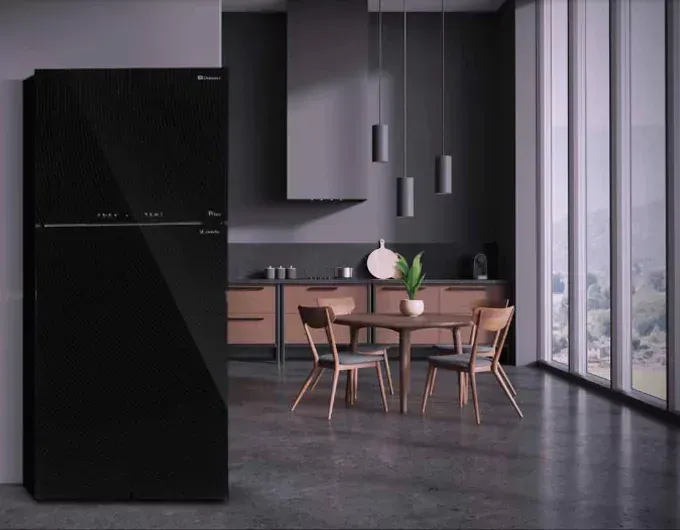How to Change the Water Filter in a Whirlpool Refrigerator
Changing the water filter in your Whirlpool refrigerator is essential for ensuring clean and fresh-tasting water and ice. Over time, water filters become clogged with contaminants, affecting water quality. This comprehensive guide provides step-by-step instructions on how to replace the water filter in various Whirlpool refrigerator models, including preparation, locating the filter, installation, resetting the indicator light, and maintenance tips.
Why Change the Water Filter?
Regularly changing the water filter in your Whirlpool refrigerator offers several benefits:
- Improved Water Quality: Fresh filters help remove impurities such as chlorine, lead, and sediment, providing better-tasting water and ice.
- Healthier Drinking Water: Filter replacement ensures your family continues to enjoy clean and safe drinking water.
- Preserves Appliance Performance: A clean filter maintains the refrigerator's efficiency in producing ice and dispensing water.
Step-by-Step Guide to Changing the Water Filter
Follow these steps to replace the water filter in your Whirlpool refrigerator:
1. Identify the Correct Filter
- Check Your Refrigerator Model: Refer to your refrigerator's user manual to identify the correct replacement filter or look for the part number on the current filter.
2. Prepare for Replacement
- Turn Off the Water Supply: Locate the water shut-off valve connected to the refrigerator and turn it off to prevent leaks.
- Locate the Filter: Depending on your model, the water filter may be inside the refrigerator compartment, on the grille at the bottom, or behind the refrigerator.
3. Remove the Old Water Filter
- Prepare the Area: Place a towel under the filter area to catch any drips or spills.
- Twist and Remove: Turn the old water filter counterclockwise to remove it from the filter housing. Some models may require you to push a button or pull a lever to release the filter.
4. Install the New Water Filter
- Prepare the New Filter: Remove the packaging from the new water filter and remove the protective cap if present.
- Align and Insert: Align the new filter with the filter housing and insert it into the housing. Rotate the filter clockwise until it locks into place.
- Check for Secure Fit: Ensure the filter is securely in place to prevent leaks.
5. Flush the Water System
- Run Water Through the Dispenser: Dispense water through the refrigerator's water dispenser for approximately 5 minutes or until water runs clear to flush out air and any residual carbon particles.
6. Reset the Filter Indicator Light
- Reset Procedure: Depending on your Whirlpool refrigerator model, you may need to hold down the filter reset button or follow specific instructions in the user manual to reset the filter indicator light.
7. Test the Water Quality
- Check for Leaks: Inspect the area around the filter for leaks. Tighten the filter if necessary.
- Taste Test: After flushing the system, taste the water to ensure it is clean and free from any unusual flavors.
Maintenance Tips
- Replace Every 6 Months: Replace the water filter every 6 months or sooner if the filter indicator light signals a change is needed, or if you notice a decrease in water flow or quality.
- Keep Filters on Hand: Always have a spare water filter on hand to ensure continuous access to clean water.
- Regular Cleaning: Clean the filter housing periodically with mild soap and water to prevent buildup and ensure a tight seal.
Troubleshooting Common Issues
If you encounter issues such as leaks, difficulty removing the old filter, or persistent filter indicator light, consult the refrigerator's user manual or contact Whirlpool customer service for assistance.
Maintaining Water Quality
Changing the water filter in your Whirlpool refrigerator is a straightforward process that ensures your family continues to enjoy clean and fresh-tasting water and ice. By following the steps outlined in this guide and adhering to recommended maintenance practices, you can maintain optimal performance from your refrigerator and extend the lifespan of your appliance. Regular filter replacement is key to preserving water quality and safeguarding the health of your household.




